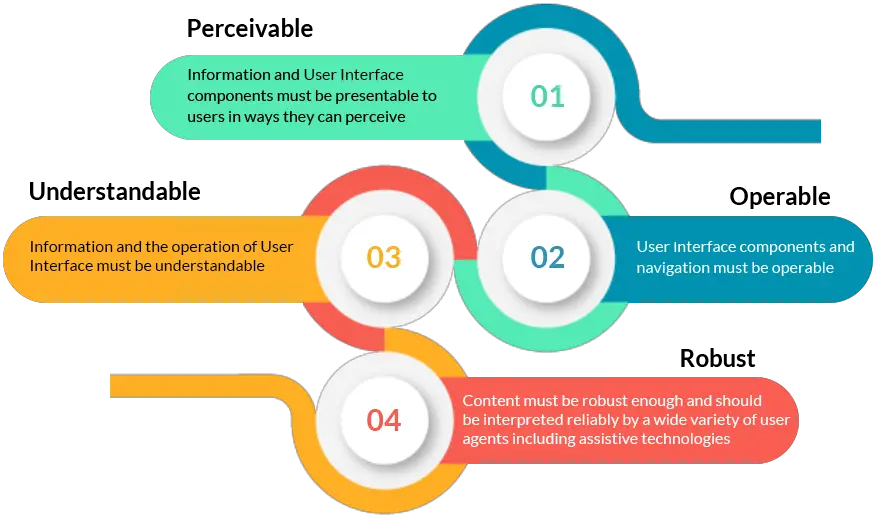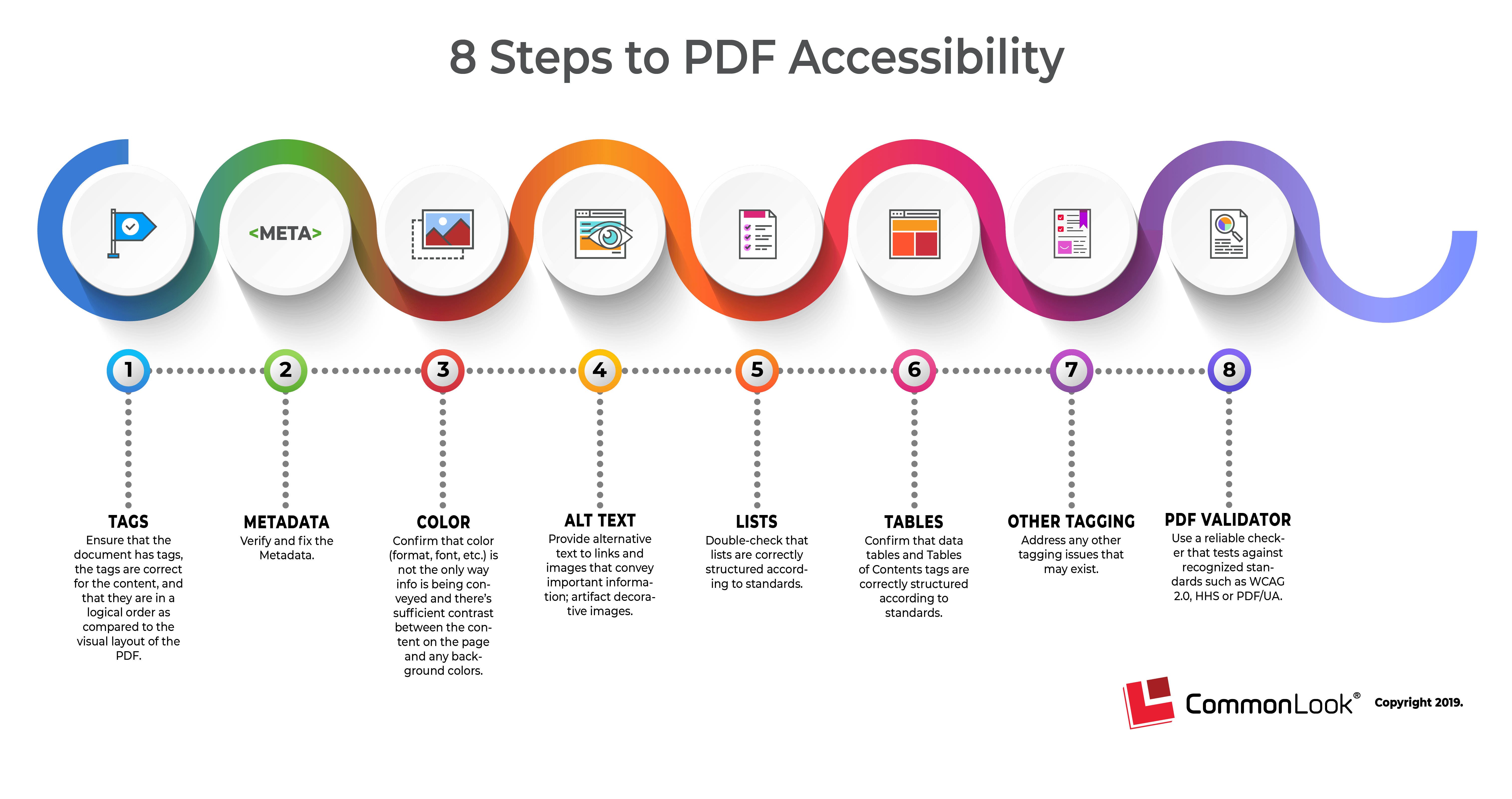Accessibility Auditing Aches: Ensuring Your Code Meets Accessibility Standards

Executive Summary

Accessibility auditing is essential for ensuring your website meets the needs of all users, regardless of their abilities. By conducting regular accessibility audits, you can identify and fix any barriers that prevent users from accessing and using your content. This article provides a comprehensive guide to accessibility auditing, covering the top five subtopics you need to know. By following these best practices, you can ensure that your website is accessible to everyone.

Introduction
In today’s digital age, accessibility is more important than ever. With the growing number of people using the internet, it is essential to ensure that your website is accessible to everyone, regardless of their disabilities. Accessibility auditing is the process of evaluating your website to identify and fix any barriers that prevent users from accessing and using your content.
FAQs
- What is the purpose of accessibility auditing?
The purpose of accessibility auditing is to identify and fix any barriers that prevent users with disabilities from accessing and using your website.
- Who should conduct accessibility audits?
Accessibility audits can be conducted by in-house staff or by external consultants.
- How often should accessibility audits be conducted?
Accessibility audits should be conducted regularly, especially after any major changes to your website.
Top 5 Subtopics
1. Web Content Accessibility Guidelines (WCAG)
WCAG is a set of international standards that define the accessibility requirements for web content. WCAG is divided into three levels: A, AA, and AAA. Level A is the minimum level of accessibility, Level AA is the recommended level of accessibility, and Level AAA is the highest level of accessibility.
- Conformance Levels: WCAG defines three conformance levels: A, AA, and AAA.
- Perceivable: Content must be perceivable by all users, including those with visual, auditory, and cognitive disabilities.
- Operable: Content must be operable by all users, including those with motor disabilities.
- Understandable: Content must be understandable by all users, including those with cognitive disabilities.
2. HTML Structure and Semantics
HTML structure and semantics are essential for accessibility. Proper HTML structure and semantics allow assistive technologies to understand the content and structure of your website.
- Headings: Headings (
–
) indicate the structure and hierarchy of your content.
- Lists: Lists (
- ,
- Tables: Tables (
) are used to present data in a structured format. - Forms: Forms () allow users to input data into your website.
- Luminance: The amount of light emitted by a color.
- Contrast Ratio: The ratio of the luminance of the text to the luminance of the background.
- Background Luminance: The luminance of the area behind the text.
- Keyboard Navigation: Users should be able to navigate your website using the Tab key, arrow keys, and other keyboard shortcuts.
- Focus Indicators: Focus indicators make it clear to users which element is currently focused.
- Skip Links: Skip links allow users to quickly skip to the main content of your website.
- Purpose: Alt text provides a text description of images and other non-text content.
- Writing Alt Text: Alt text should be concise and descriptive.
- Null Alt Text: Images and other non-text content that do not provide any information should have an empty alt attribute.
- Accessibility auditing
- WCAG
- HTML structure and semantics
- Color contrast
- Keyboard accessibility
- ) are used to organize content into groups.
3. Color Contrast
Color contrast is important for ensuring that your text is readable by all users, including those with low vision. WCAG defines a minimum contrast ratio of 4.5:1 for text and 3:1 for large text (at least 18 point font).
4. Keyboard Accessibility
Keyboard accessibility is essential for ensuring that your website is accessible to users with motor disabilities. Users should be able to navigate your website using only the keyboard.
5. Alternative Text
Alternative text (alt text) provides a text description of images and other non-text content. This allows users with visual disabilities to understand the content of your website.
Conclusion
Accessibility auditing is an essential part of web development. By following the best practices outlined in this article, you can ensure that your website is accessible to everyone, regardless of their abilities. Remember, accessibility is not just a legal requirement; it is also a moral imperative. By making your website accessible, you are opening up your content to a wider audience and creating a more inclusive web experience for all.
Keyword Tags
- Tables: Tables (
